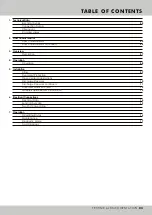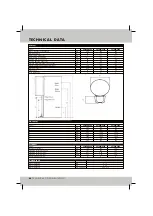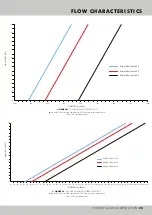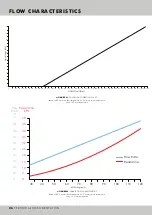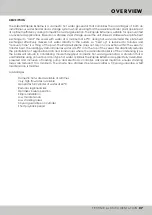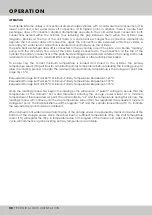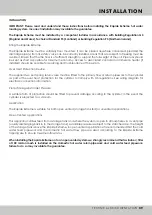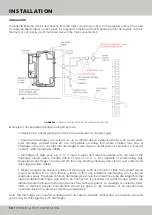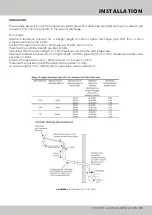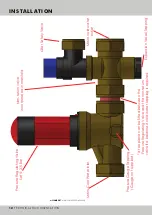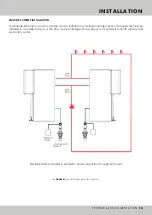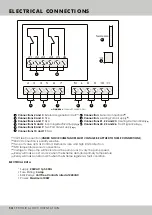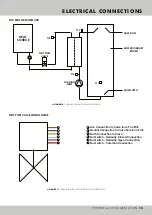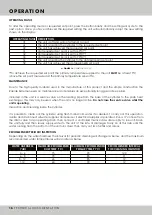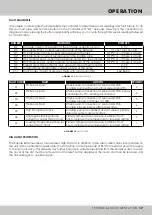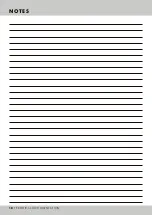
▲
FIGURE 05.
SCHEMATIC INSTALLATION DETAIL FOR UNVENTED APPLICATIONS
INSTALLATION
10
TECHNICAL DOCUMENTATION
INSTALLATION
The Rapide Extreme can be fed directly from the mains cold water supply to the property without the need
for seperate feed cisterns or vent pipes. It is supplied complete with all its necessary inlet and safety controls,
thermal cut out and two port motorised valve in the mains unvented kit.
Examples of acceptable discharge arrangements are:
• Ideally below a fixed grating and above the water seal in a trapped gully.
• Downward discharges at low level; i.e. up to 100mm above external surfaces such as car parks,
hard standings, grassed areas etc are acceptable providing that where children may play or
otherwise come in to contact with discharges a wire cage or similar guard is positioned to prevent
contact, whilst mantaining visibility.
• Discharges at high level; e.g. in to a metal hopper and metal downpipe with the end of the
discharge clearly visible (tundish visible or not) or on to a roof capable of withstanding high
temperature discharges of water and 3m from any plastic guttering systems that would collect such
discharges (tundish visible).
• Where a single pipe serves a number of discharges, such as in blocks of flats, the number served
should be limited to no more than 6 systems so that any installation discharging can be traced
reasonably easily. The single common discharge pipe should be at least one pipe size larger than the
largest individual discharge pipe (D2) to be connected. If unvented hot water storage systems are
installed where discharges from safety devices may not be apparent, i.e. dwellings occupied by blind,
infirm or disabled people, consideration should be given to the installation of an electronically
operated device to warn when discharge takes place.
Note: The discharge will consist of scalding water and steam. Asphalt, roofing and non-metallic rainwater
goods may be damaged by such discharges.



